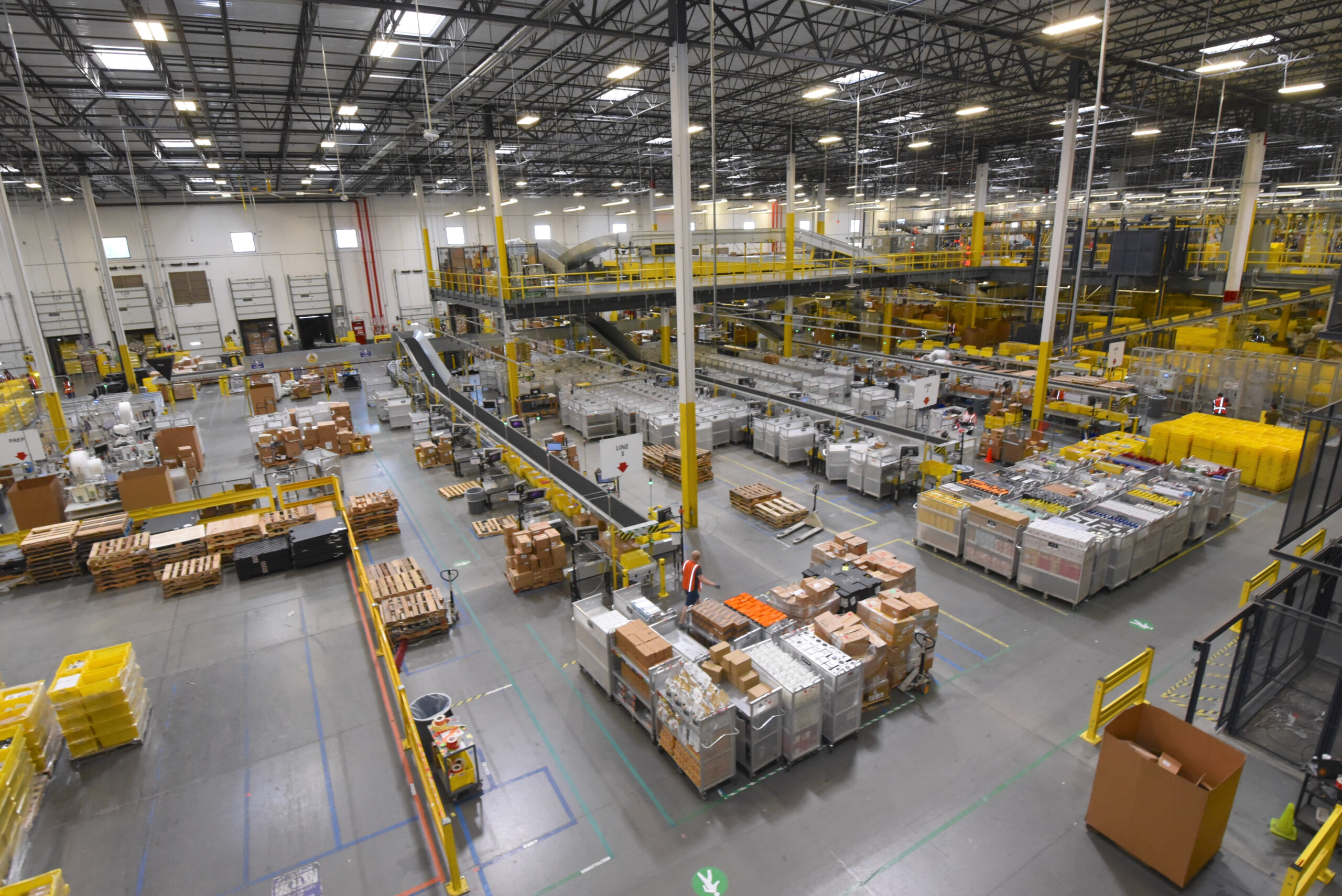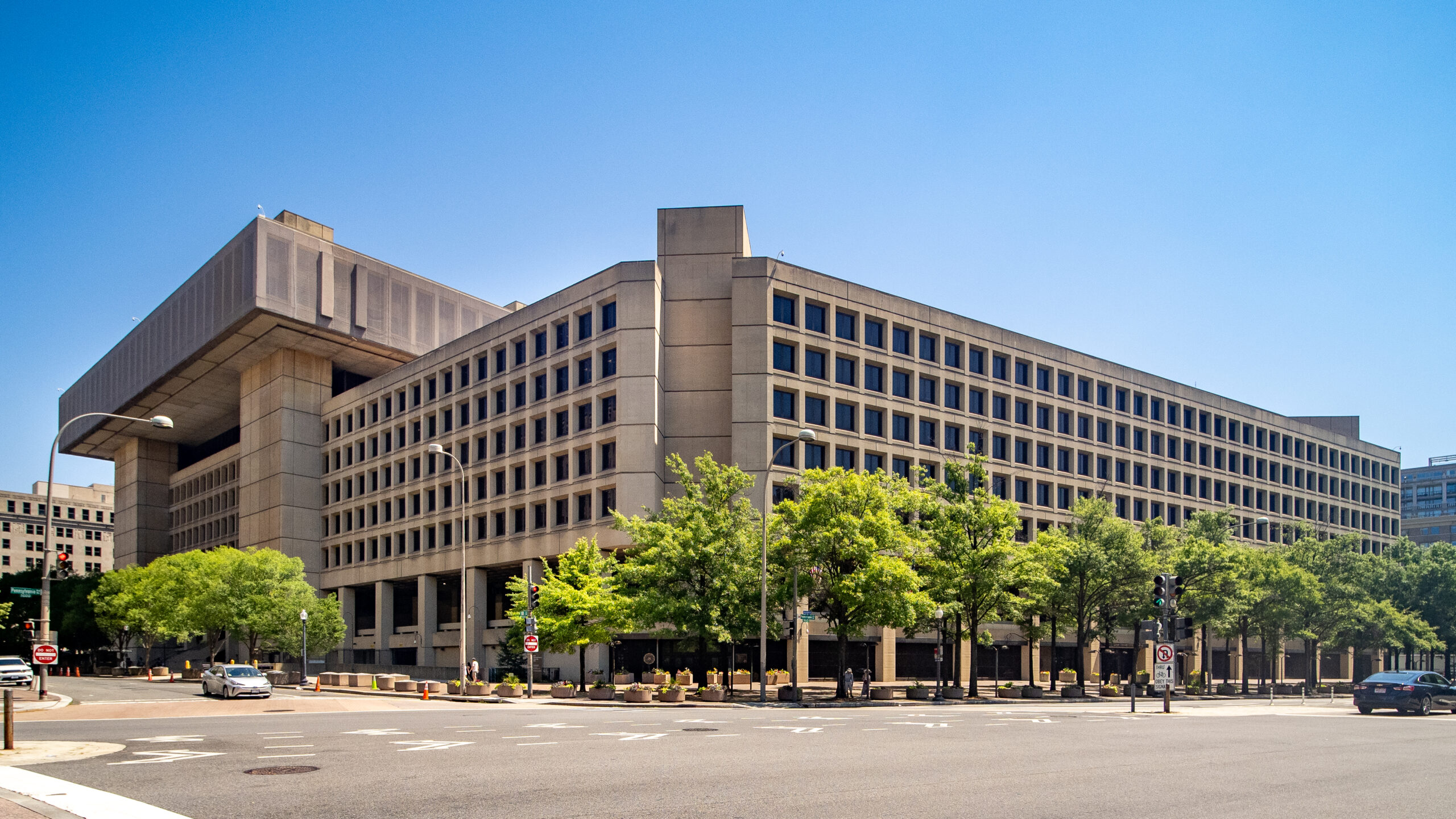After 13 years of integrating robotics into its operations, Amazon announced Monday that it has deployed its one millionth robot in its warehouse network. This milestone robot was recently delivered to a fulfillment center in Japan.
Robots Soon to Match Human Workforce
With this achievement, Amazon is nearing a landmark where the number of robots working in its warehouses could equal the number of human employees. Currently, about 75% of Amazon’s global deliveries are assisted by robotic technology, highlighting the growing role of automation in the company’s logistics.
Alongside the milestone announcement, Amazon unveiled DeepFleet, a new generative AI model designed to optimize robot routing within warehouses. Built using Amazon SageMaker and trained on Amazon’s internal warehouse and inventory data, DeepFleet is expected to increase the speed of the robotic fleet by 10%.
Advanced Robotics and Future Facilities
Amazon’s robotic fleet has evolved over time, with recent additions like the Vulcan robot introduced in May. Vulcan features two arms, including one equipped with a camera and suction cup, and has a tactile “sense of touch” to better handle items.
In October 2024, Amazon announced plans for “next-generation fulfillment centers” designed to house ten times as many robots as current facilities, alongside human workers. The first of these centers opened near Shreveport, Louisiana.
Amazon began building its robotic infrastructure in 2012 following the acquisition of Kiva Systems, marking the start of its automation journey.
Author’s Opinion
Amazon’s rapid robotic expansion is a clear signal that automation will dominate the future of logistics and fulfillment. While this promises faster deliveries and efficiency gains, companies must also consider the impact on human jobs and ensure that workforce transitions are handled thoughtfully. Striking a balance between human and machine collaboration is crucial for sustainable growth.










